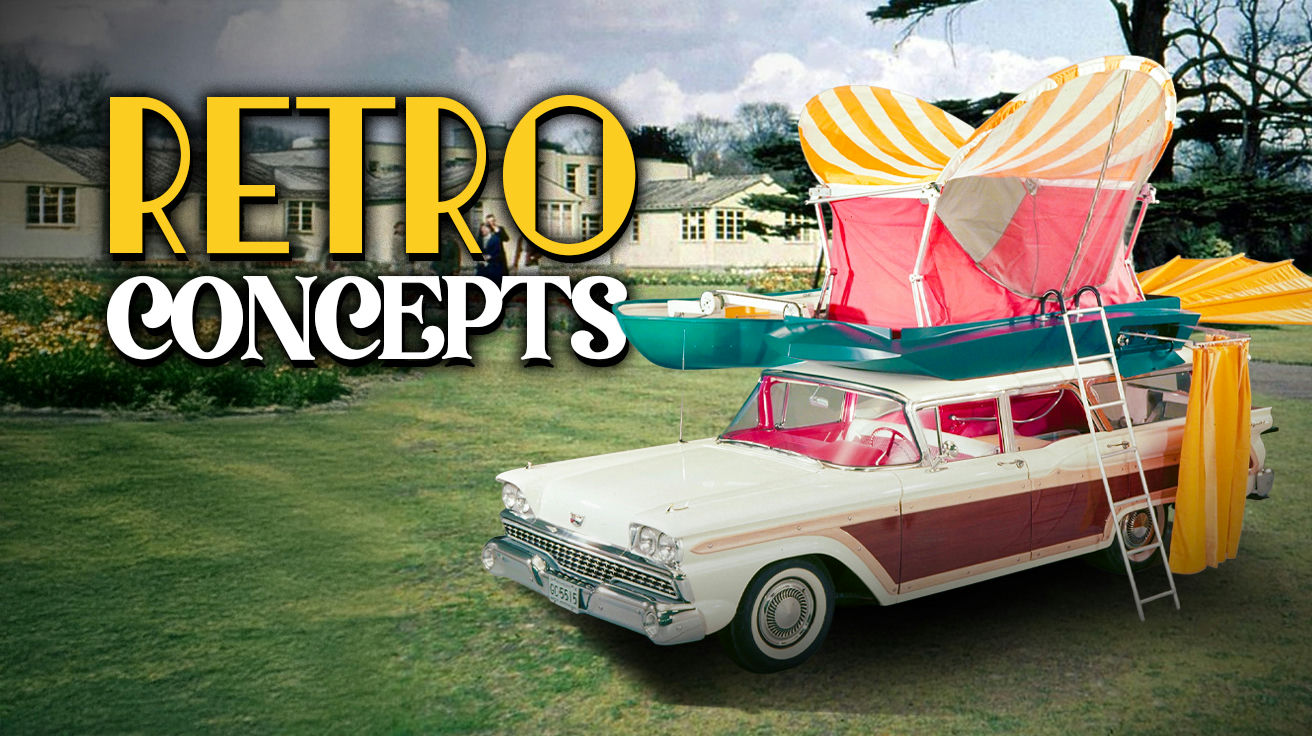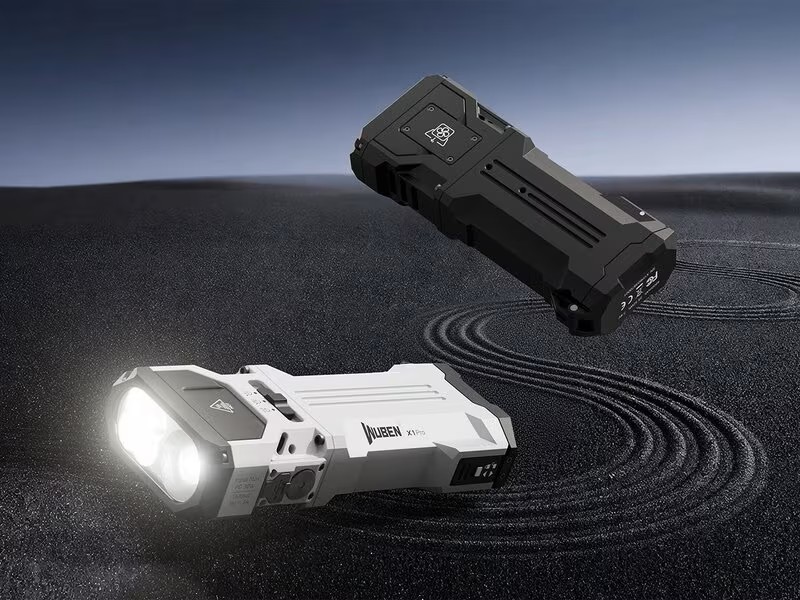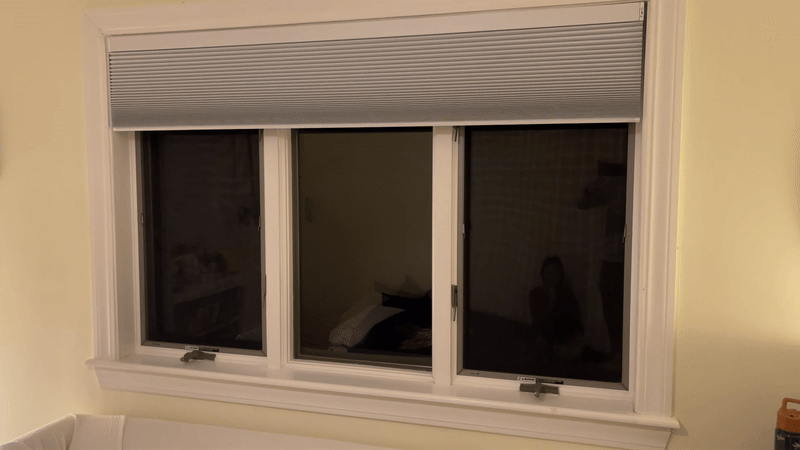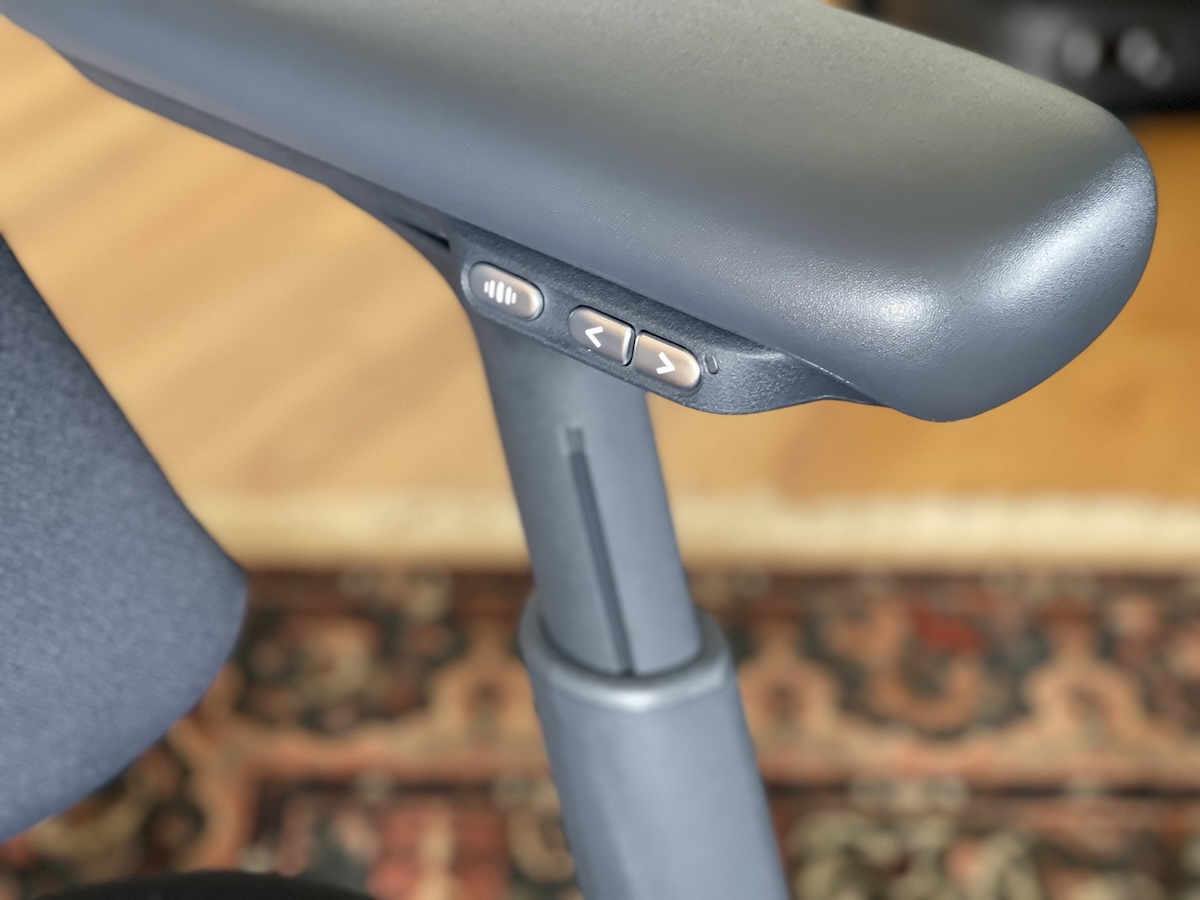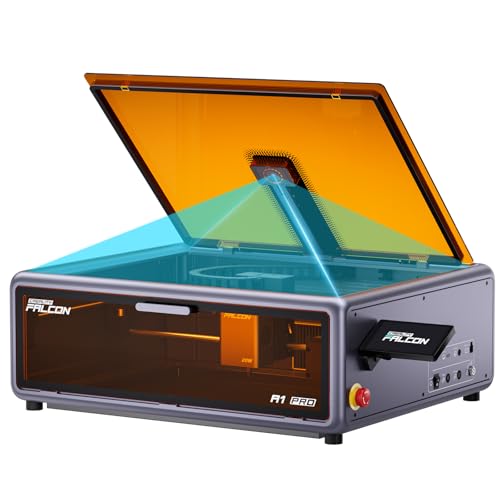The post-war boom of the 1950s and 60s unleashed Detroit’s wildest automotive visions, birthing concept cars that defied every conventional rule of design and engineering. General Motors, Ford, and Chrysler channeled the era’s space race obsession into rolling laboratories of experimental technology, with designers creating shapes that still look futuristic decades later and engineers testing innovations that wouldn’t reach production for half a century.
These fifteen extraordinary machines represent the apex of American automotive audacity.
13. 1963 Chrysler Turbine Car (Exterior)
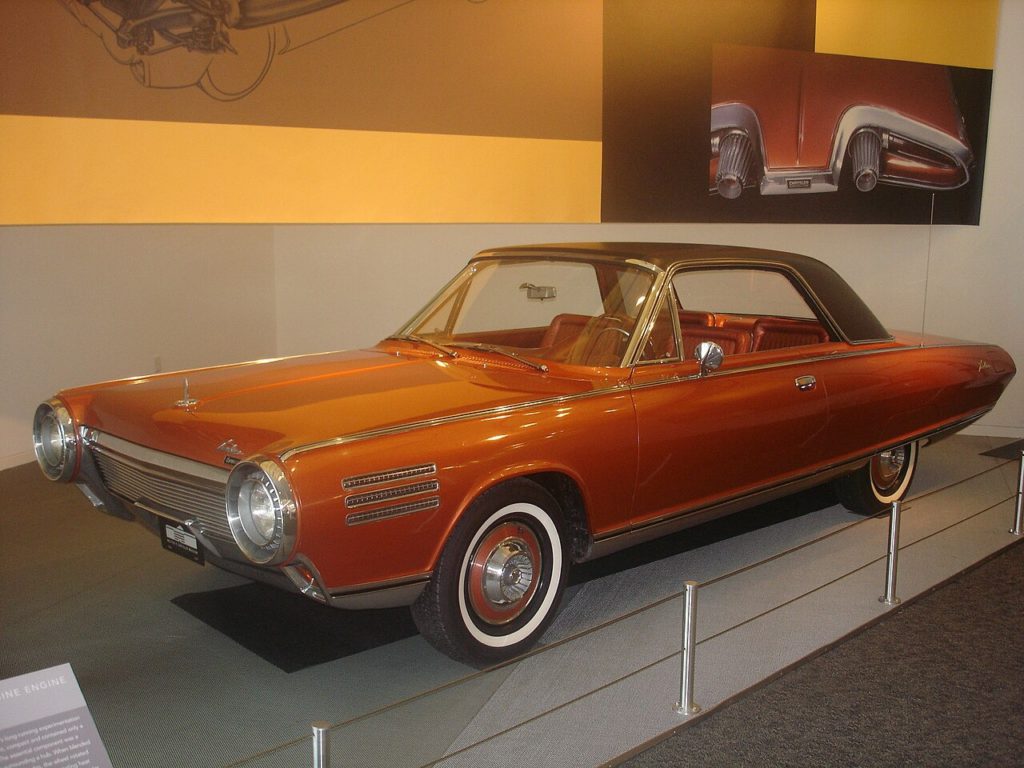
While concept cars typically languish in museums, Chrysler’s bronze Turbine Car roared onto public roads in one of history’s most ambitious test programs. Chrysler built 55 of these bronze beauties and handed 50 to ordinary Americans for real-world evaluation. The sleek coupe body balanced futuristic elements with production practicality, looking distinctive without seeming alien.
Those iconic turbine-inspired taillights weren’t just clever styling – they advertised what made this car special. The design found the sweet spot between concept car drama and production car viability, proving that revolutionary technology didn’t need weird aesthetics to make an impact.
1963 Chrysler Turbine Car (Interior)
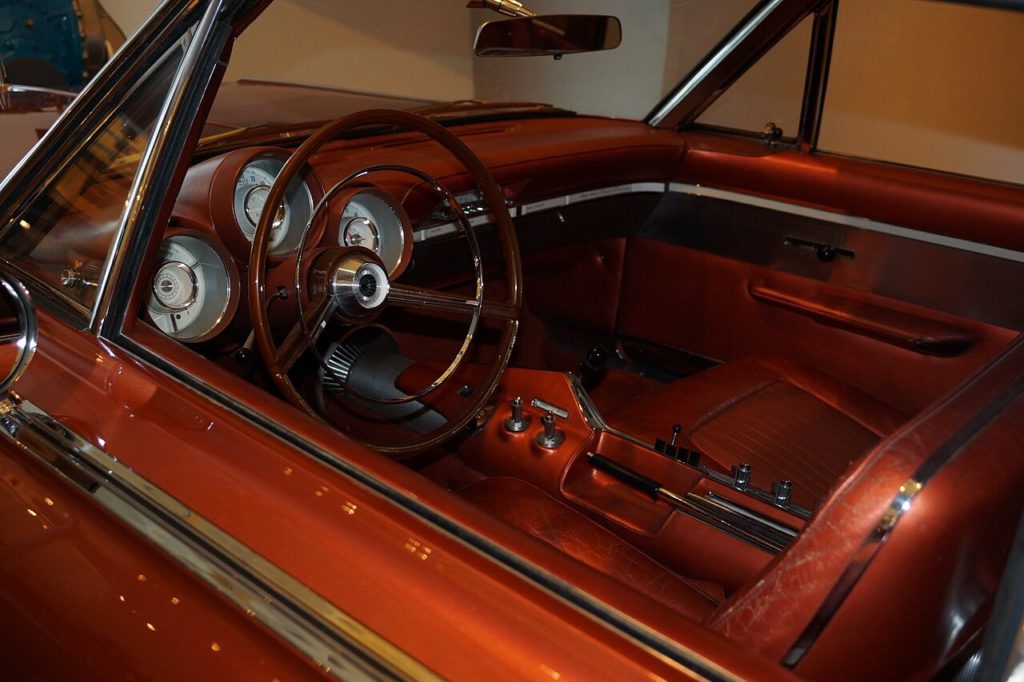
An engine with fewer moving parts than conventional piston engines delivered revolutionary smoothness and virtually eliminated vibration. Passengers enjoyed a driving experience more similar to today’s electric vehicles than anything from the sixties, with the cockpit’s aircraft-inspired controls enhancing the jet-age sensation.
The multi-fuel capability wasn’t just a technical curiosity but a genuine feature – one test driver famously ran his Turbine Car on tequila. Despite the advanced powerplant, the interior remained luxuriously conventional, featuring leather seating, power accessories, and all the comforts expected in a premium vehicle.
12. 1954 Lincoln Futura
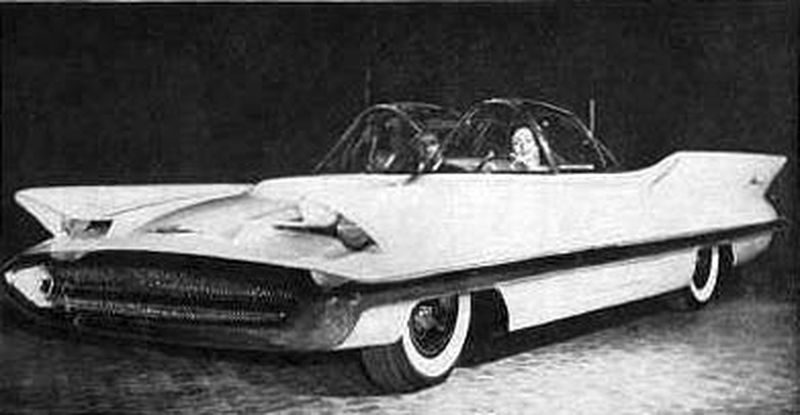
The Lincoln Futura didn’t just predict the future – it became pop culture immortality when it was transformed into the iconic Batmobile for the 1966 “Batman” TV series. Hand-built by Italian artisans at Ghia for a staggering quarter-million dollars (about $2.7 million in today’s cash), this wasn’t so much a concept car as automotive haute couture.
Its second act proved even more spectacular than its first – transformed by George Barris into the original Batmobile, the Futura leapt from auto show curiosity to television icon. Those dramatic lines and bubble canopies made the car instantly recognizable even after its bat makeover, proving that great design transcends purpose.
Sitting beneath those transparent domes, drivers commanded a 300-horsepower V8 that announced its presence with all the subtlety of a metal concert in a library. The engine bay resembled a modern art installation, with mechanical components arranged for visual drama rather than just function. The dashboard presented drivers with instruments that looked more appropriate for a spacecraft, arranged in pods that prioritized style over legibility.
11. 1953 Chevrolet Corvette ex52 (Exterior)
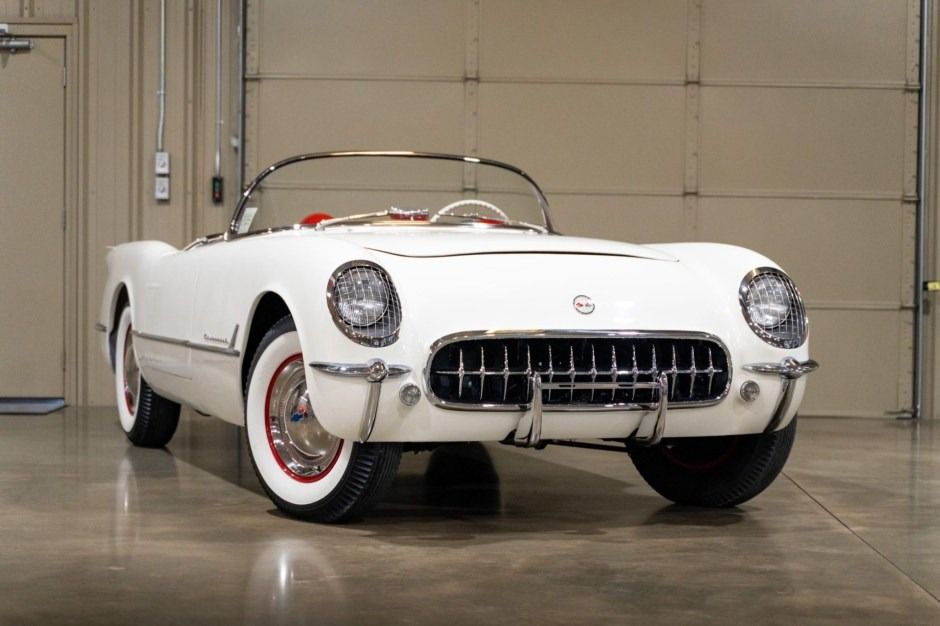
When European sports cars dominated the hearts of enthusiasts, GM answered with the fiberglass-bodied Corvette ex52, a concept that miraculously made it to production with its soul intact. This American dream car debuted with a personality like pairing Air Jordans with a tailored suit – unexpectedly perfect.
Powered by a 235 cubic inch inline-six producing 150 horsepower and 223 lb-ft of torque, the ex52 wasn’t the most powerful American car, but it was among the most purposeful. The elegant design bucked the trend of ever-growing American cars, creating something essential rather than bloated.
1953 Chevrolet Corvette ex52 (Interior)
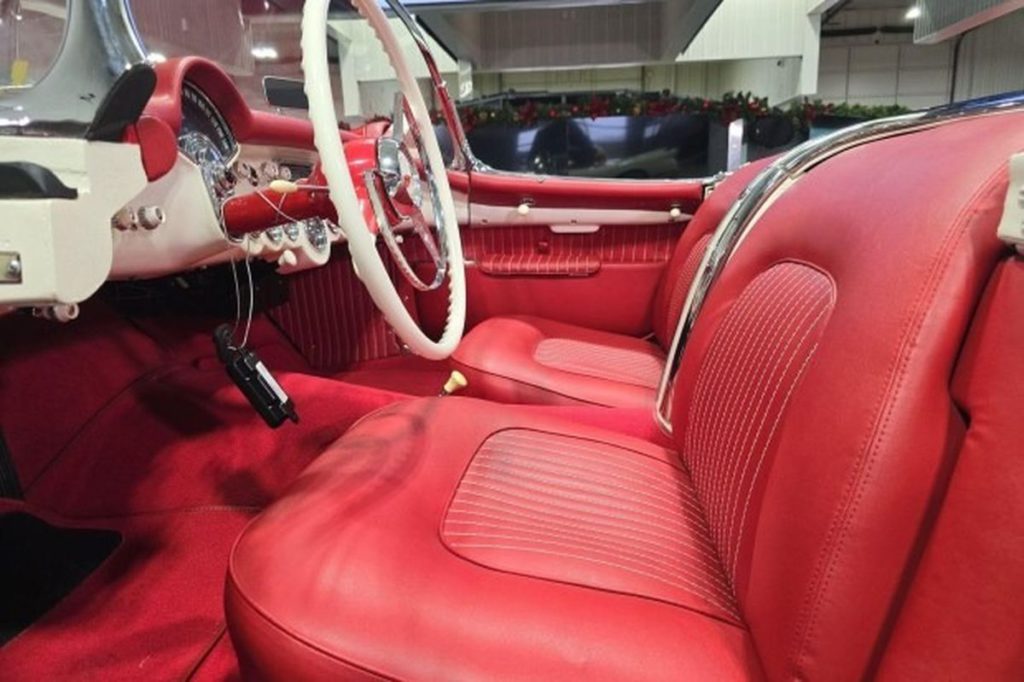
Without sacrificing European-style performance, the ex52’s interior delivered unprecedented American comfort through a perfectly balanced cockpit design. The dashboard featured just enough instruments to provide vital information without overwhelming the driver, arranged with the functional elegance that would become a Corvette trademark. The seats offered support for spirited driving while maintaining comfort for longer journeys.
Unlike many concepts that need years to influence production vehicles, the ex52 transitioned from show car to showroom with remarkable speed. Though production models compromised some styling elements, the Corvette retained enough of the dream car’s appeal to launch America’s longest-running sports car nameplate.
10. 1951 GM LeSabre
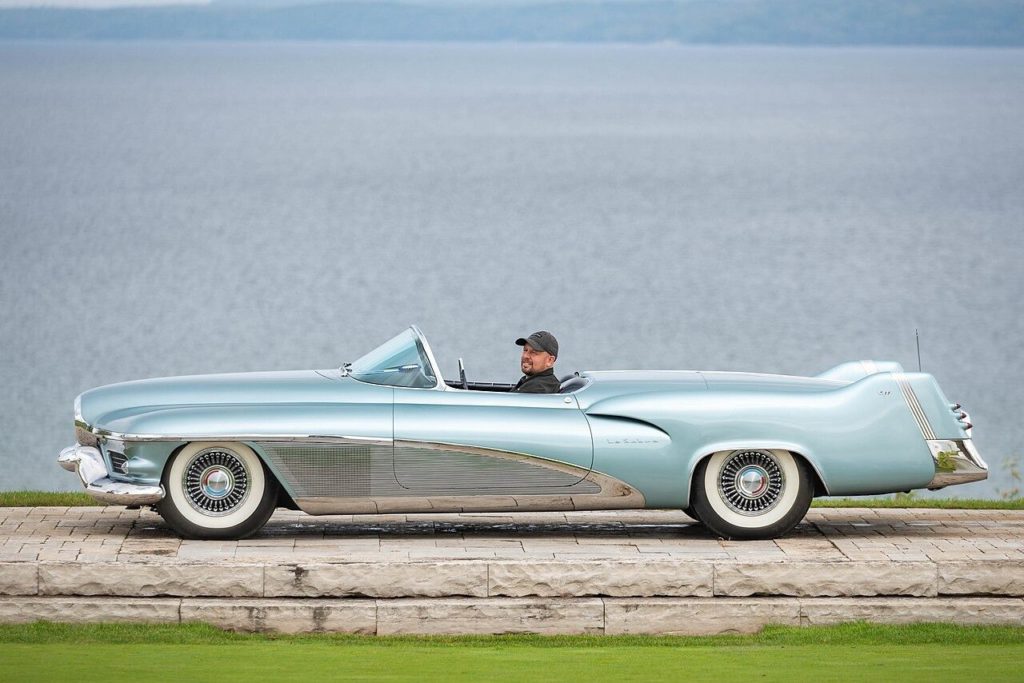
No vehicle pushed the boundaries of automotive materials science further than Harley Earl’s aviation-inspired LeSabre with its lightweight aluminum and magnesium body – materials exotic enough in 1951 to seem almost magical. Earl’s masterpiece drew direct inspiration from the F-86 Sabre jet fighter, embracing aeronautical principles that went far beyond the superficial fins that would later dominate American styling.
This silver bullet packed a 3.5-liter V8 pumping out 335 horsepower and 381 lb-ft of torque – figures that would remain impressive decades later, but in 1951 represented mechanical insanity. The front resembled a jet intake ready to consume anything foolish enough to impede its progress, while the tail featured early versions of the fins that would grow to skyscraper proportions by decade’s end.
Four decades before luxury cars offered automatic convertible tops with rain sensors, the LeSabre’s rain sensor would automatically close it at the first drop – experimental technology that remained science fiction for mainstream cars until the 1990s. Even the electrical system ran on 12 volts when the industry standard was still 6.
9. 1959 Cadillac Cyclone (Exterior)
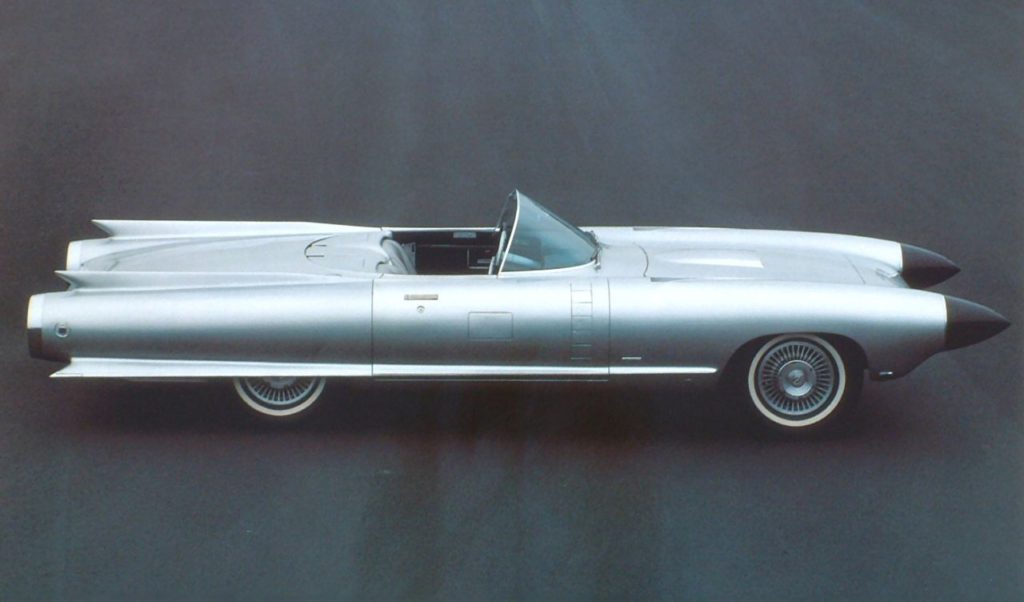
While drivers in the 1950s relied solely on mirrors and over-the-shoulder glances, the Cadillac Cyclone pioneered the future of crash prevention with actual radar sensors for collision avoidance housed in its twin nose cones. This remarkable technology wouldn’t become commonplace for another four decades, making modern parking sensors look primitive by comparison.
Harley Earl’s final masterpiece spent six years in development, which back then was longer than some car companies existed. Its low-slung profile made other Caddies look positively horse-drawn, while those bubble eyes stared into the future with the confidence of someone who knows exactly what’s coming next.
1959 Cadillac Cyclone (Interior)
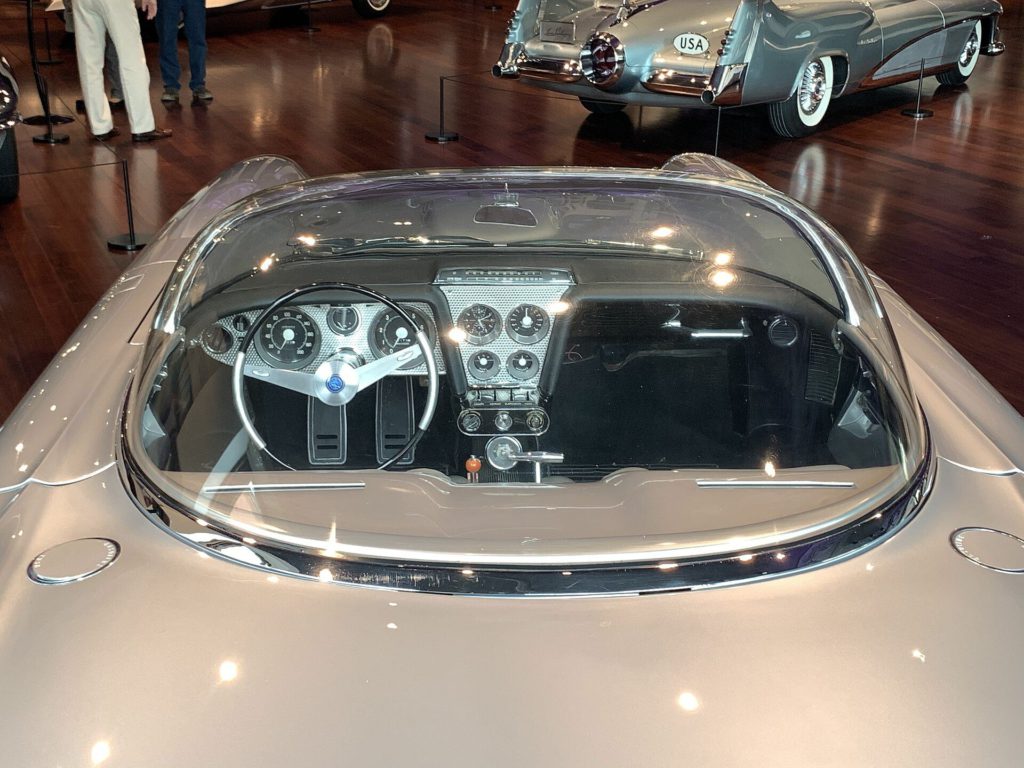
Slide inside the Cyclone and you’d swear you were about to taxi down a runway rather than a boulevard. The bubble canopy glided open automatically – no basic door handles here – revealing an interior that made the Jetsons’ living room look outdated. The dashboard featured enough dials and switches to launch a Mercury mission, all arranged around a steering wheel thinner than an influencer’s content strategy.
This cockpit represented the last hurrah of Harley Earl’s vision before Bill Mitchell took over GM’s design helm. The seats welcomed passengers with the confidence of a first-class cabin, while the panoramic visibility meant everyone could see you piloting this mobile crystal ball.
8. 1956 GM Firebird II
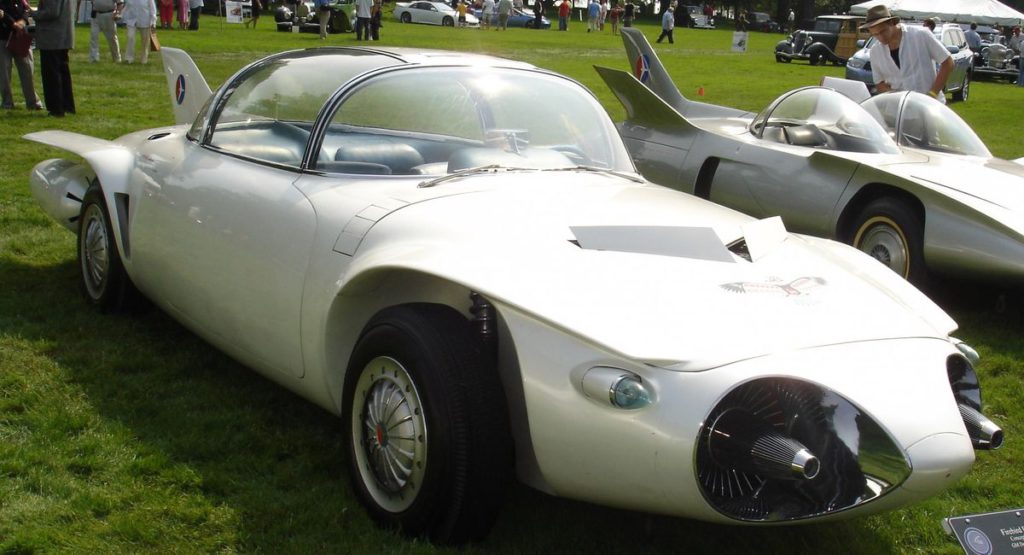
Clad in a heat-resistant titanium body that solved the temperature challenges inherent to turbine-powered vehicles, the Firebird II elevated concept car engineering beyond mere styling exercises. The sleek, low-slung body featured cooling fins that weren’t just styling exercises but functional elements to manage the intense heat generated by its aircraft-derived propulsion system. In a decade obsessed with jet age styling, the Firebird II wasn’t playing dress-up.
GM’s engineering team missed the memo about practical limitations, creating a family-sized vehicle powered by a gas turbine engine that could run on fuels ranging from standard gasoline to kerosene. The Firebird II looked like what 1950s sci-fi movies promised our highways would feature by the 1980s – a gleaming, metallurgical marvel that made everything else on four wheels seem hopelessly outdated. Its aerodynamic silhouette cut through the air with purposeful efficiency.
Decades before Tesla’s Autopilot captured headlines, the Firebird II pioneered an autonomous guidance system designed to follow electronic impulses embedded in specially equipped roadways.
The four-passenger cabin offered the comfort of a futuristic American concept car with the futuristic atmosphere of a movie set. Controls were logically arranged around the driver, yet designed with artistic flair. The seats featured adjustments and ergonomics that standard production cars wouldn’t match for decades.
7. 1963 Chevrolet Corvair Testudo
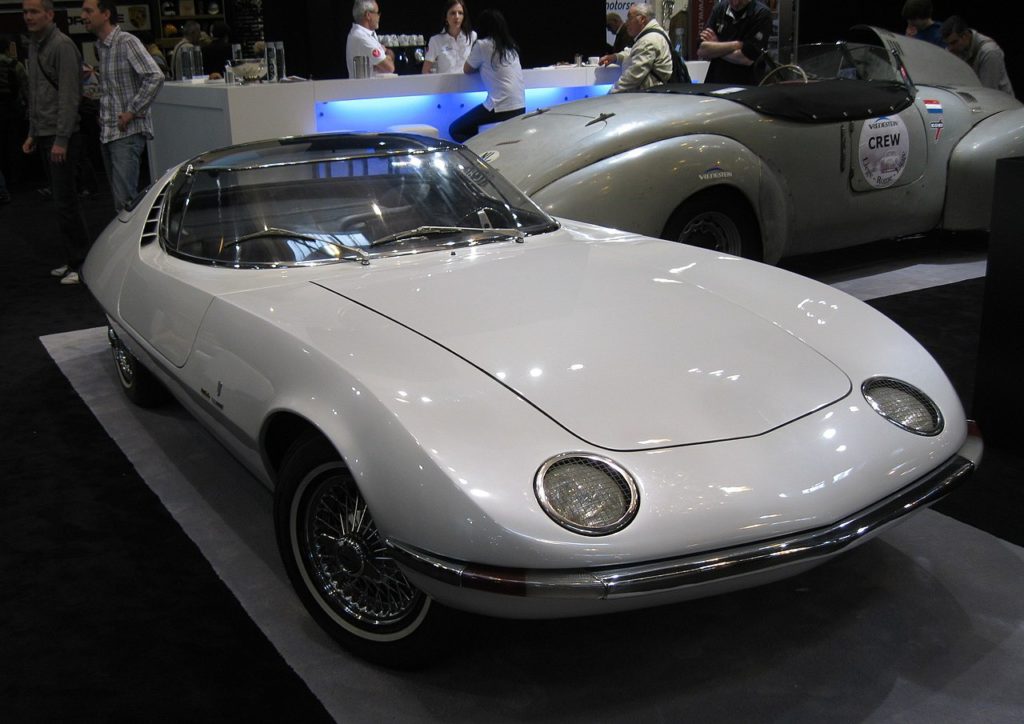
When America’s most controversial compact met Italy’s most visionary designer, automotive magic happened. The Corvair Testudo – “turtle” in Italian – saw Giorgetto Giugiaro transform the humble Corvair into something that belonged on a fashion runway rather than a Chevy showroom.
The Testudo’s single-piece canopy hinged forward like a fighter jet, making conventional doors seem hopelessly outdated. Its proportions – low, wide, and dramatic – took the Corvair’s rear-engine layout and celebrated it rather than hiding it, creating perfect balance where the production car looked awkwardly tail-heavy.
Peering through the Testudo’s wraparound glass that created visibility bordering on panoramic, drivers entered a new relationship with the road, where blind spots became a foreign concept.
The Testudo’s interior established design principles that would influence sports cars for decades. The driver-focused layout, with controls angled toward the pilot’s seat, created an environment where the car felt like an extension of the driver rather than merely transportation.
6. 1957 Ford Nucleon
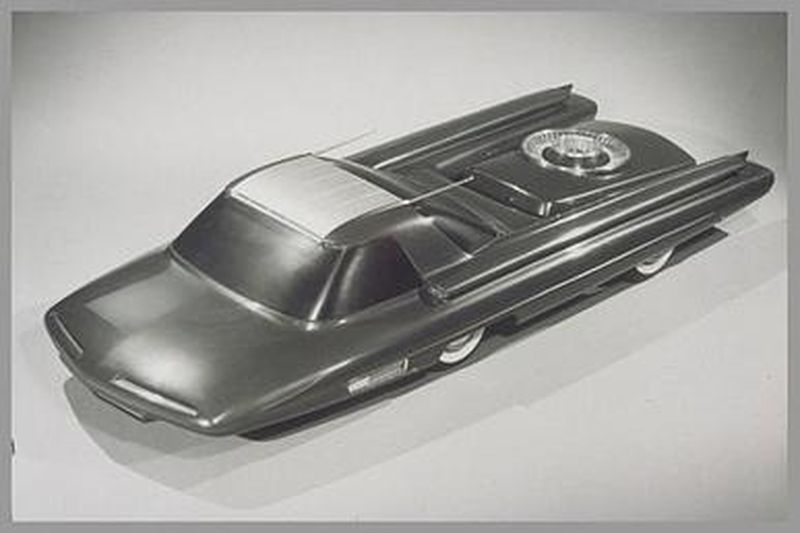
The Nucleon represented that uniquely 1950s combination of boundless optimism and blissful ignorance of potential consequences. Ford’s nuclear-powered concept envisioned a future where cars would be powered by miniature atomic reactors – putting Chernobyl in your garage and calling it progress. The unusual proportions – stretching 16.7 feet long, 6.5 feet wide, but standing only 3.5 feet tall – created a silhouette that looked more like a land-bound submarine than a conventional automobile.
With its passenger compartment positioned far forward and the reactor mounted in the rear, the Nucleon resembled a mechanical centaur – half car, half nuclear power plant. The promised 5,000-mile range between reactor servicing meant you could theoretically drive coast-to-coast without refueling, assuming you weren’t concerned about minor details like radiation exposure.
Traditional dashboards failed to monitor complex vehicle systems, but the Nucleon’s revolutionary control panel solved this by displaying crucial reactor status information alongside conventional gauges.
Though never built as a functioning prototype for obvious safety and technological limitations, the Nucleon represented the unbridled technological optimism of the atomic age. In an era when nuclear power was going to give us everything from electricity too cheap to meter to irradiated food that never spoiled, the Nucleon seemed like a logical extension of progress.
5. 1956 Buick Centurion
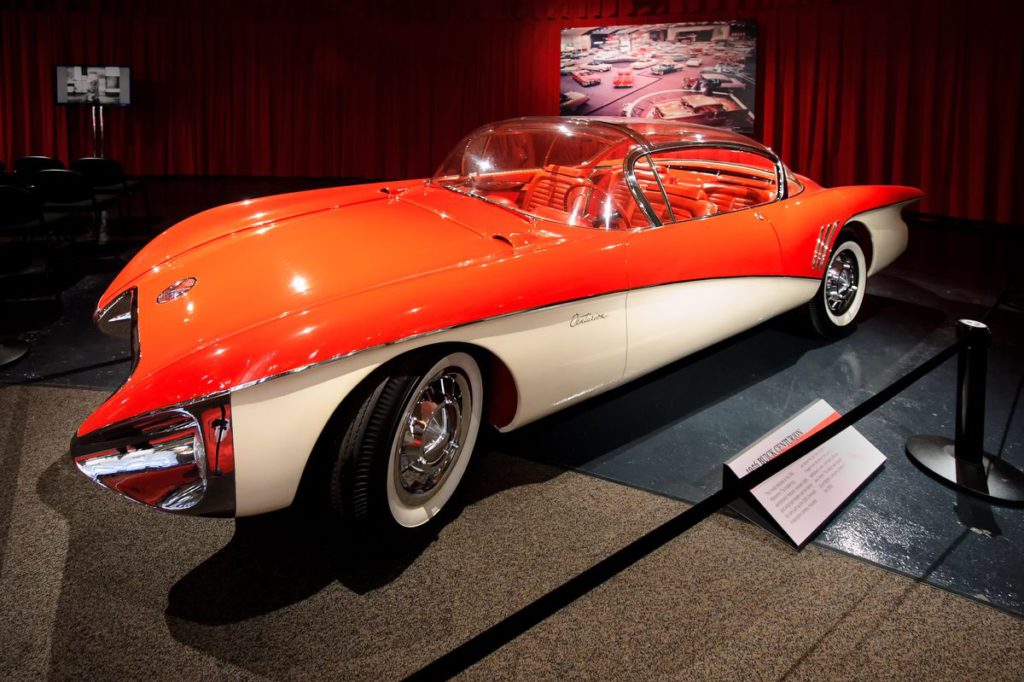
A revolutionary fiberglass body flowed like liquid mercury across the Centurion’s frame, creating a red-and-white vision of automotive sculpture that suggested motion even when parked. Buick’s crystal ball on wheels wore a fiberglass body that flowed like spilled mercury, with curves suggesting motion even when parked.
This red-and-white vision packed a 325-horsepower V8 that gave it muscle to match its dramatic attire. The Centurion wasn’t just a pretty face – it was automotive theater, the mechanical equivalent of an opening night on Broadway.
No feature better demonstrates Buick’s forward thinking than the Centurion’s television screen connected to a rear-mounted camera that completely replaced the traditional rearview mirror. In 1956, when television itself was still a luxury, Buick casually invented the backup camera system that wouldn’t become standard until the 21st century.
The four bucket seats looked like they’d been borrowed from a fighter plane’s cockpit, complete with headrests, when most cars offered all the neck support of a wooden park bench. Matching the Centurion’s exterior drama, Buick commissioned the Italian design house Montano to create a special driving coat, proving that in the 1950s, even the accessories got accessories.
4. 1958 Ford Country Squire Camper (Exterior)
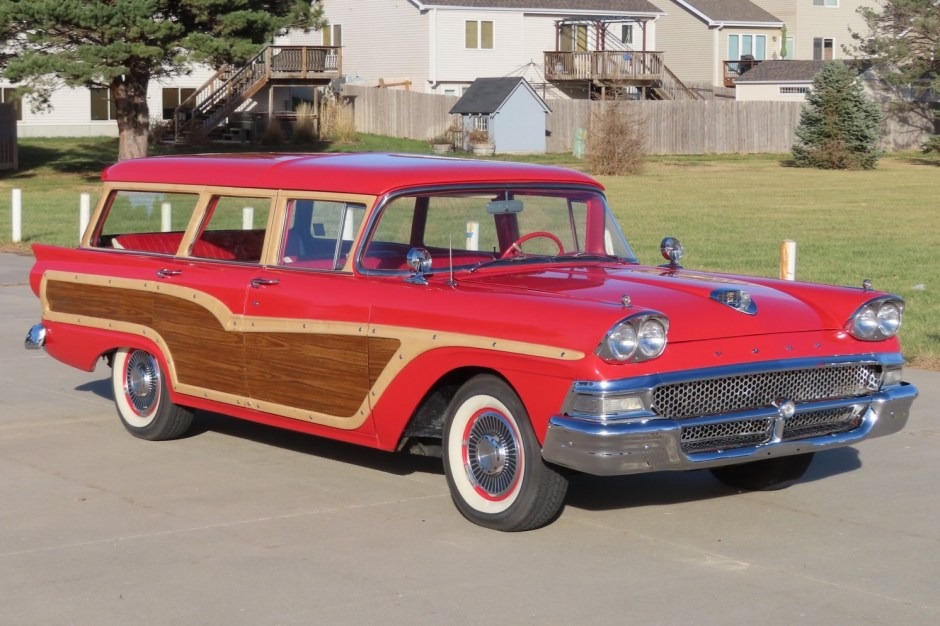
Ford took the humble station wagon – the minivan of the 1950s – and transformed it into the Swiss Army knife of road trips. The 1958 Country Squire Camper wasn’t just another woody wagon but a complete vacation system with more tricks than a professional YouTuber. At the push of a button, the rear section unfolded like mechanical origami into a proper camper, while the roof disgorged an actual boat, turning this family hauler into a land-and-sea expedition vehicle.
In an era before #VanLife was trending, Ford created the original glamping machine. The Country Squire solved the eternal problem of combining daily practicality with weekend wanderlust. It represented peak American optimism – why choose between a car, a camper, and a boat when engineering magic could give you all three? Of course, physics had other ideas; the added weight meant it moved with all the urgency of a Netflix buffering screen, but nobody cared when you could park your living room anywhere with a view.
1958 Ford Country Squire Camper (Interior)
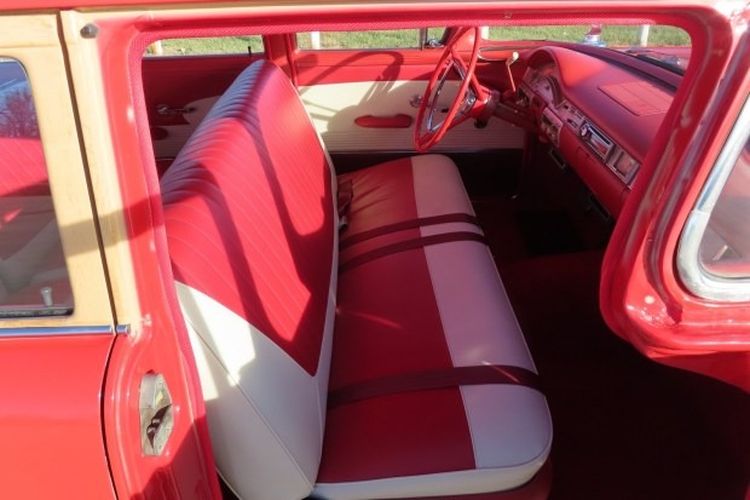
If you’re fascinated by ingenious space utilization, the Country Squire Camper would have blown your mind with its ability to cram an entire Sears catalog worth of camping gear into what functioned as a normal car interior during weekdays. Ford’s engineers created automotive origami where folding tables appeared from seemingly nowhere, cushions transformed into beds, and storage compartments materialized in spaces where physics suggested nothing should fit.
The genius was in keeping the daily-driver experience intact while hiding an entire campsite in the bodywork. When deployed, the interior provided all the comforts of home, minus the mortgage payments and nosy neighbors. The dashboard maintained standard Ford elegance, with just enough extra switches to remind you that this wasn’t your ordinary grocery-getter.
3. 1953 Cadillac Le Mans
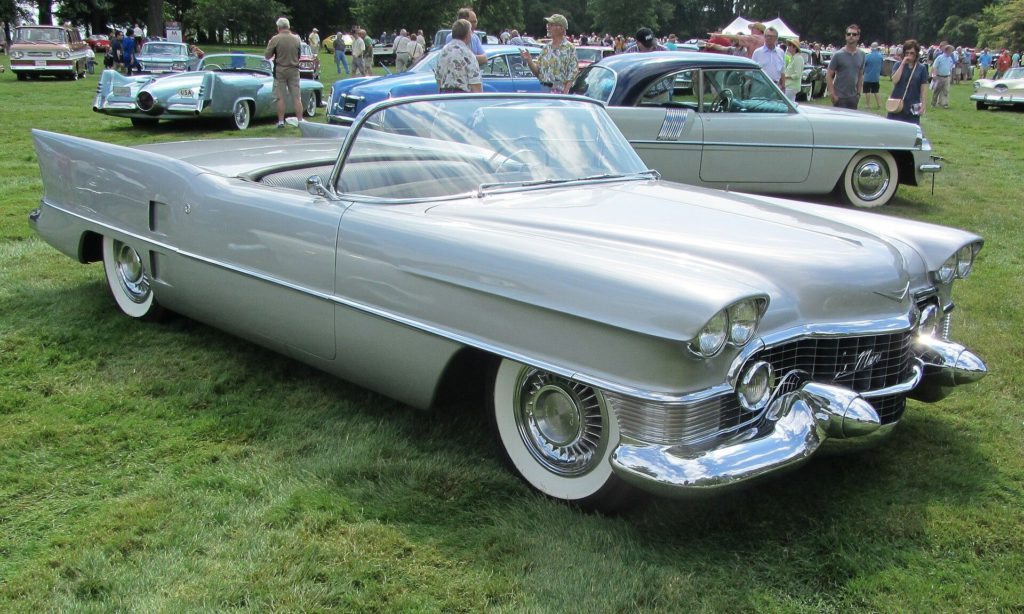
Only four examples of the breathtaking Cadillac Le Mans roadster ever graced the automotive world, with most later destroyed, making it rarer than many exotic supercars. Named after the famous French endurance race, this low-slung beauty combined European sporting pretensions with distinctly American luxury and scale.
Its fiberglass body kept weight down while allowing shapes that metal stamping technology of the era couldn’t achieve, creating flowing lines that seemed to melt into the pavement. With only four examples built for GM’s Motorama show circuit and most later destroyed, the Le Mans represents the automotive equivalent of a limited-edition drop that sells out instantly.
Combining European sportiness with American luxury, the Le Mans interior wrapped the driver in a cockpit precisely tailored like a bespoke tuxedo. The seats – lower and more purposeful than standard Cadillacs – positioned occupants in a sporting stance that emphasized connection to the road.
The interior balanced opulence with sporting intent, featuring premium materials finished with the craftsmanship that defined Cadillac’s position as America’s standard of luxury. Wood, leather, and metal combined harmoniously, creating an environment that felt special even by Cadillac standards.
2. 1956 Oldsmobile Golden Rocket
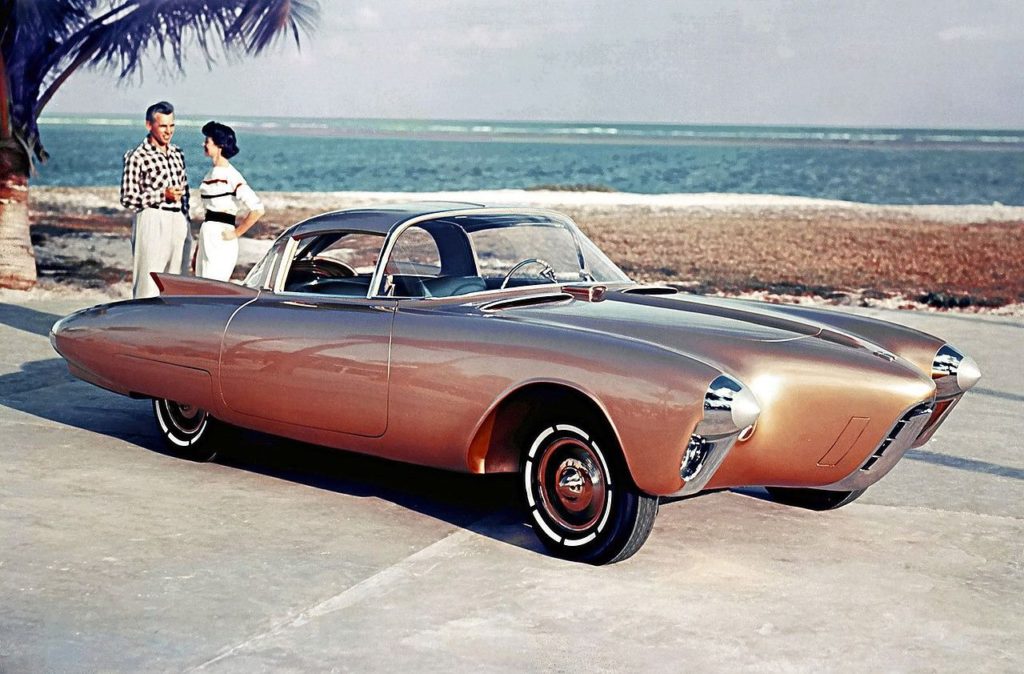
Watching the Golden Rocket approach resembled witnessing a missile launch in slow motion – a gold-hued projectile from an alternate 1950s where restraint never made it into the designer’s vocabulary. Despite being smaller than most concept cars of the era, the Golden Rocket packed visual drama into every inch, with shark-inspired fins and a triangular grille that looked hungry for asphalt.
The rear bumper mimicked actual rocket structures, creating the impression that the Golden Rocket might suddenly ignite thrusters and disappear into the stratosphere. Those dramatic proportions weren’t just for show – they housed a 324 cubic inch V8 producing 275 horsepower, giving this compact concept enough power-to-weight ratio to outaccelerate many contemporary sports cars.
Getting in and out of sports cars often required contortionist abilities, but Oldsmobile solved this universal challenge with the Golden Rocket’s revolutionary entry system. The power-tilting steering column moved out of the way for easier entry and exit – technology that luxury cars would eventually adopt as standard.
Even more revolutionary were the seats that automatically raised and pivoted outward when the doors opened, presenting themselves to passengers like a smartphone unfolding to tablet mode. The roof featured twin panels that tilted upward when the doors opened, solving the eternal sports car problem of graceful entry and exit.
1. 1954 Ford La Tosca
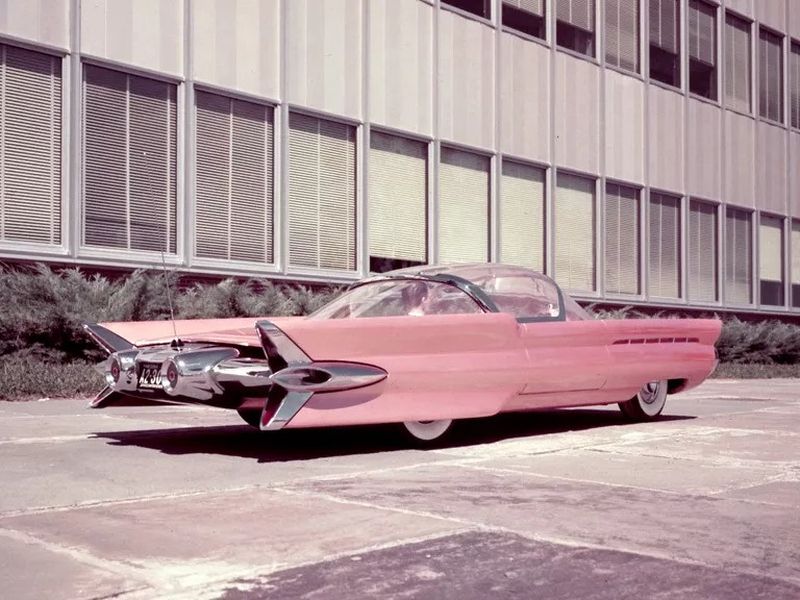
No concept car more radically challenged conventional automotive design than Ford’s La Tosca with its avant-garde styling that made contemporary art seem predictable by comparison. Those triangular fins and caned shapes appeared as if Ford’s designers had grown tired of conventional geometry and decided to experiment with shapes from another dimension altogether.
Ford gave the La Tosca a stance wider than a superhero movie franchise, with proportions that defied conventional automotive wisdom. The minimalist front end seemed to ask, “Who needs a proper grille when you can have a metal monolith instead?” The La Tosca looked less like something designed by committee and more like something that appeared fully formed in a designer’s fever dream after a Netflix binge.
If you’ve ever dreamed of parking your car without leaving your living room, the La Tosca’s groundbreaking remote parking system would have astounded you – technology we still find impressive today, let alone in an era when color television remained cutting edge. Ford engineers enabled owners to guide this metal sculpture into parking spaces from a distance, creating the world’s first life-sized RC car decades before Tesla’s summon feature made parking lot jaws drop.
Ford’s engineers existed in some temporal anomaly where 1954 and 2024 somehow overlapped. The interior maintained the exterior’s commitment to geometric rebellion, with instruments arranged in triangular clusters and seating positioned for optimal viewing of pedestrians’ confused faces as this mechanical oddity glided by.


